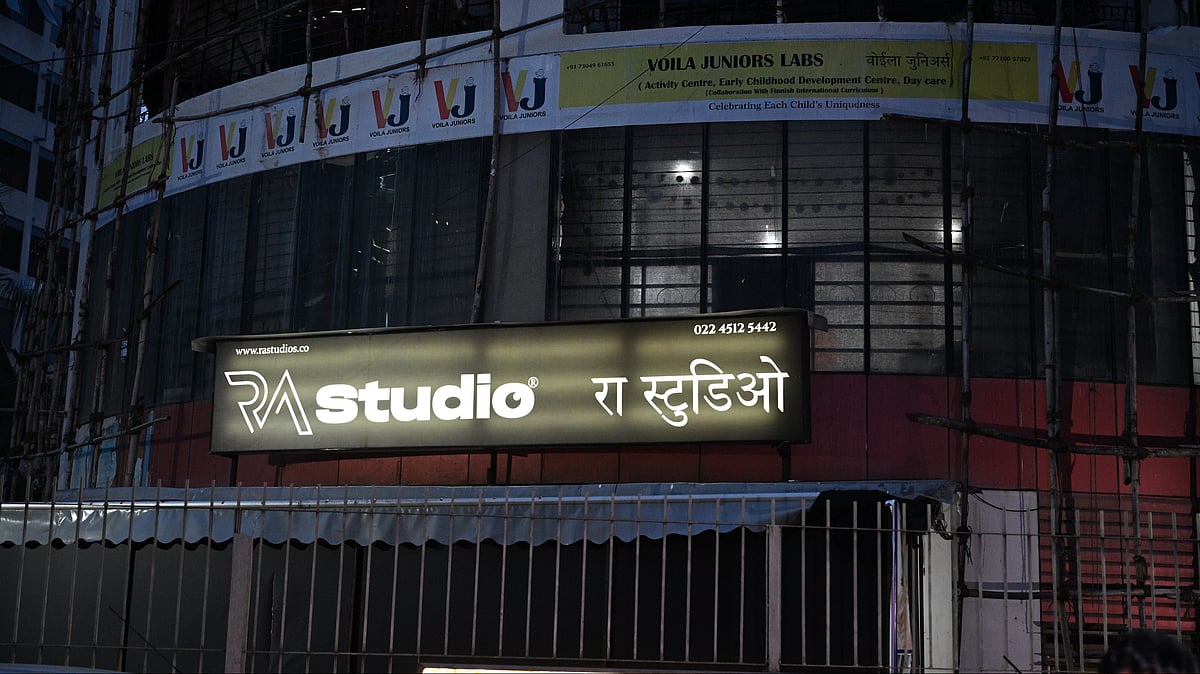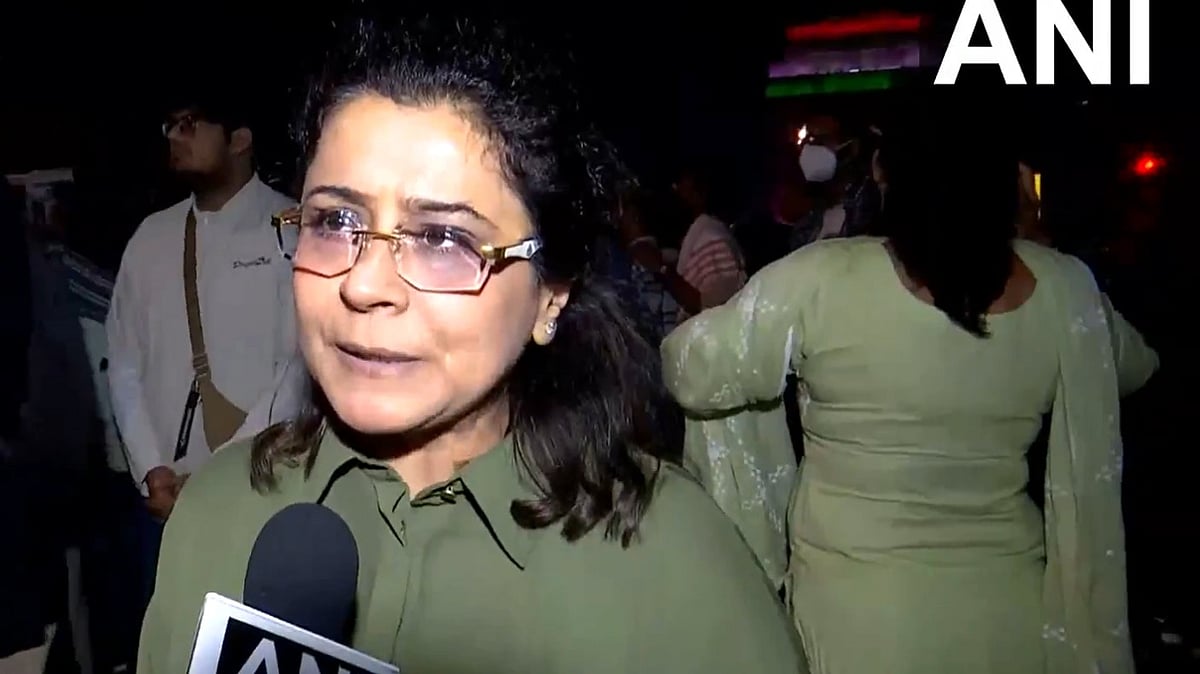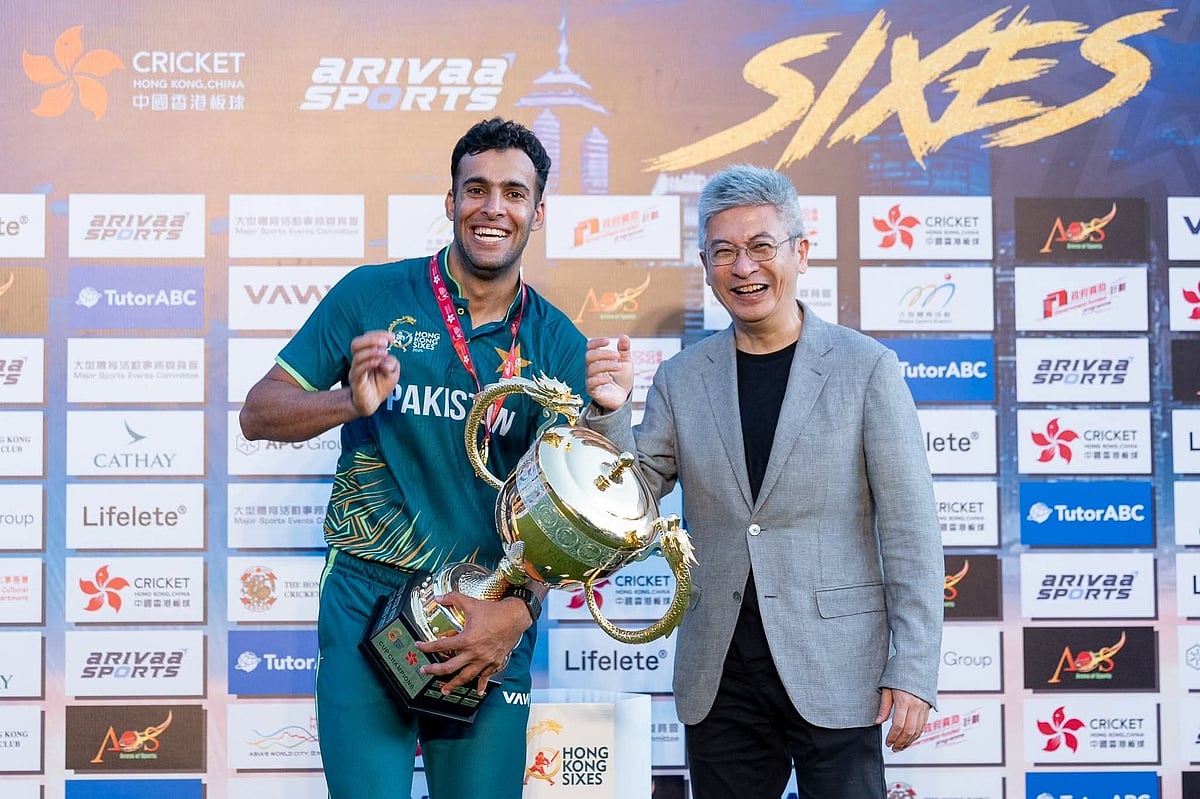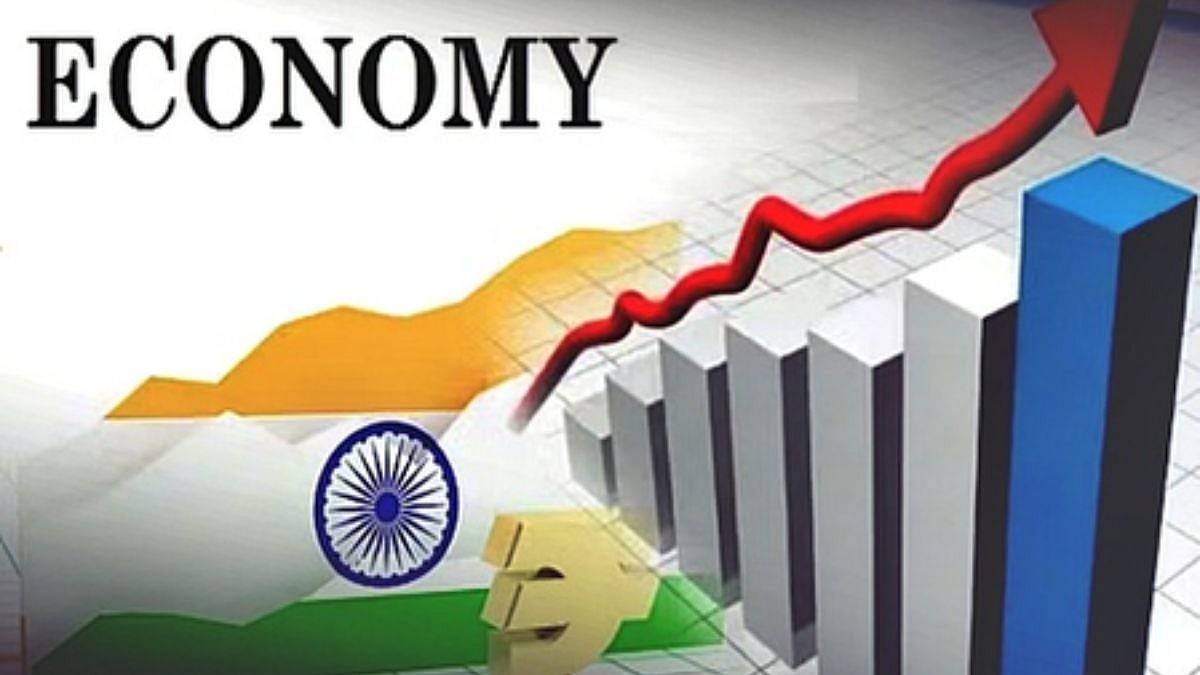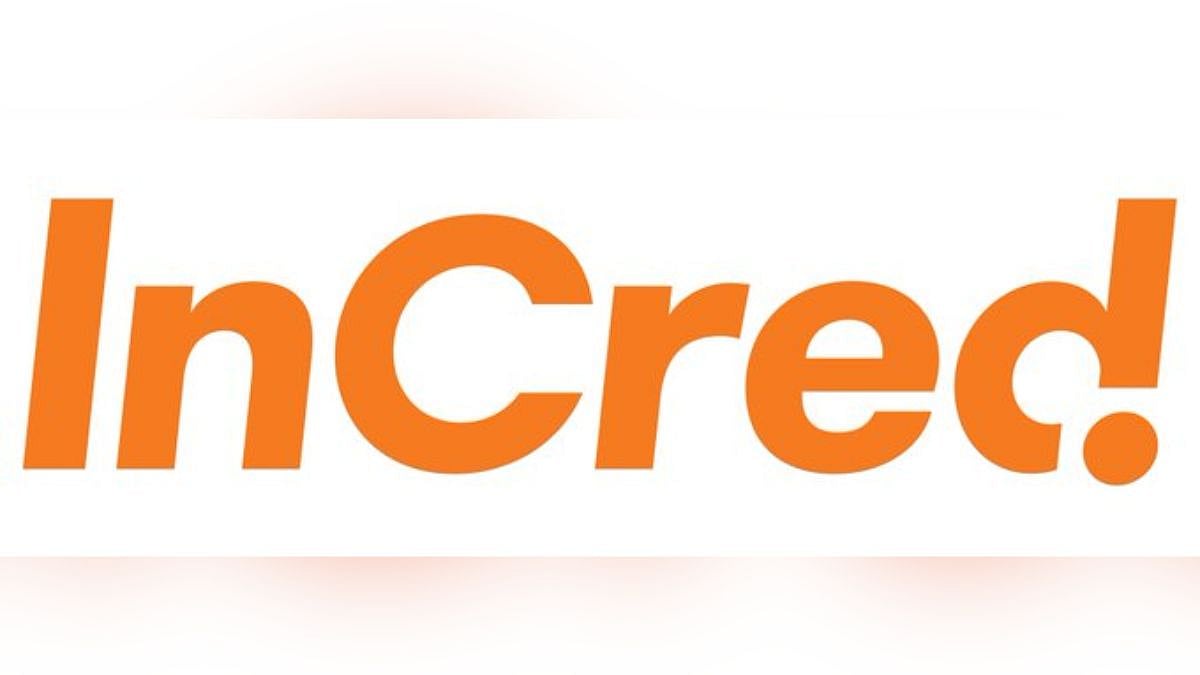With the Tokyo Olympics set to begin later this month, one story that becomes most pertinent is how Sir Dorabji Tata, the second Chairman of the Tata Group, personally pushed for and financed the first Indian Olympic team to the Antwerp Olympics in 1920, when India did not even have an official Olympics body, thus setting the course for India’s sports culture and future Olympians.
Harish Bhat, Brand Custodian of Tata Sons, talks of narrating this story and many others drawn from the history of the iconic Tata Group in his book #TataStories
His earliest recollection of anything to do with a brand comes from his high school days in Kollam (Kerala), where he and his friends had to create a brand of assorted knick-knacks which they sold successfully on the school sports day, to raise funds for charity. Today, he is the custodian of India’s most highly valued brand. “I still recall that our brand had a nice colourful name and logo, and we were very happy with the amount we raised,” says Harish Bhat, Brand Custodian of Tata Sons, the principal investment holding company and promoter of all companies of the iconic Tata Group, that together accounted for $106 billion (Rs 7.5 trillion) revenue in 2019-20.
Ace marketer Bhat is also the author of four books - An Extreme Love of Coffee, TataLog, The Curious Marketer and the recently released #Tata Stories, which draws 40 stories of passion and purpose from the history of the Tata Group, closely associated with nation-building.
Over your 34 years with the Tata Group, what are some personal experiences that stand out as great embodiments of the Tata Way?
One memorable experience dates back to 1995, and I have narrated this episode as the very last story in my book #TataStories. At that time, I was a junior manager in Tata Tea. Yet, the then Chairman of the company, Darbari Seth, took the time and effort to visit our home in Bangalore, to say hello to our baby daughter. His visit to our home is the only personal photograph that I have published in this book, because it made such an impact on me. Many other colleagues in the Tata Group have similar stories to narrate, too. Another personal experience that stands out for me is my stint at Tanishq, the jewellery business. This was the early 2000s, the business had made losses for several years, and I was the marketing and retailing head. As a member of the team that helped craft a turnaround of the business, I saw and experienced at close quarters what leadership, persistence, belief and pioneering really meant. If I were to narrate all the stories of that time – involving inspiring Tata leaders such as Xerxes Desai, Jacob Kurian and Bhaskar Bhat – it would perhaps need a full book in itself.
How long did it take you to write #Tata Stories? Please take us back to the idea stage, and tell us about the kind of research and effort that went into writing this book even as you functioned full-time as Brand Custodian at Tata Sons.
I wrote #TataStories over eight months in 2020, during the peak of the pandemic. The idea really was to narrate inspiring, real-life Tata stories which could elevate and inspire many readers during a particularly challenging time. This was indeed the time for positive stories, because there was so much disturbing news all around us. I wrote at the pace of one story every week.
Each story needed research, and my partner in this effort was Rajendra Prasad Narla, the Chief Archivist at the Tata Central Archives. Lots of the source material for this book comes from the Tata Archives. I would take a few hours during the week to research each story, but the actual narration and writing inevitably happened over the weekend. Weekends provide me uninterrupted time to write, and that space is particularly important to craft each story beautifully, to the best of my capability. I would estimate that each story involved a total of around 15 hours of research, writing and editing.
In the book, you talk of such gems as Jamsetji Tata’s letter to Swami Vivekananda inviting him to head the Indian Institute of Science and Sir Dorabji Tata personally financing the first Indian Olympic team to the Antwerp Olympics in 1920. There must be countless other stories that you left out… how did you pick the ones that you included in the book?
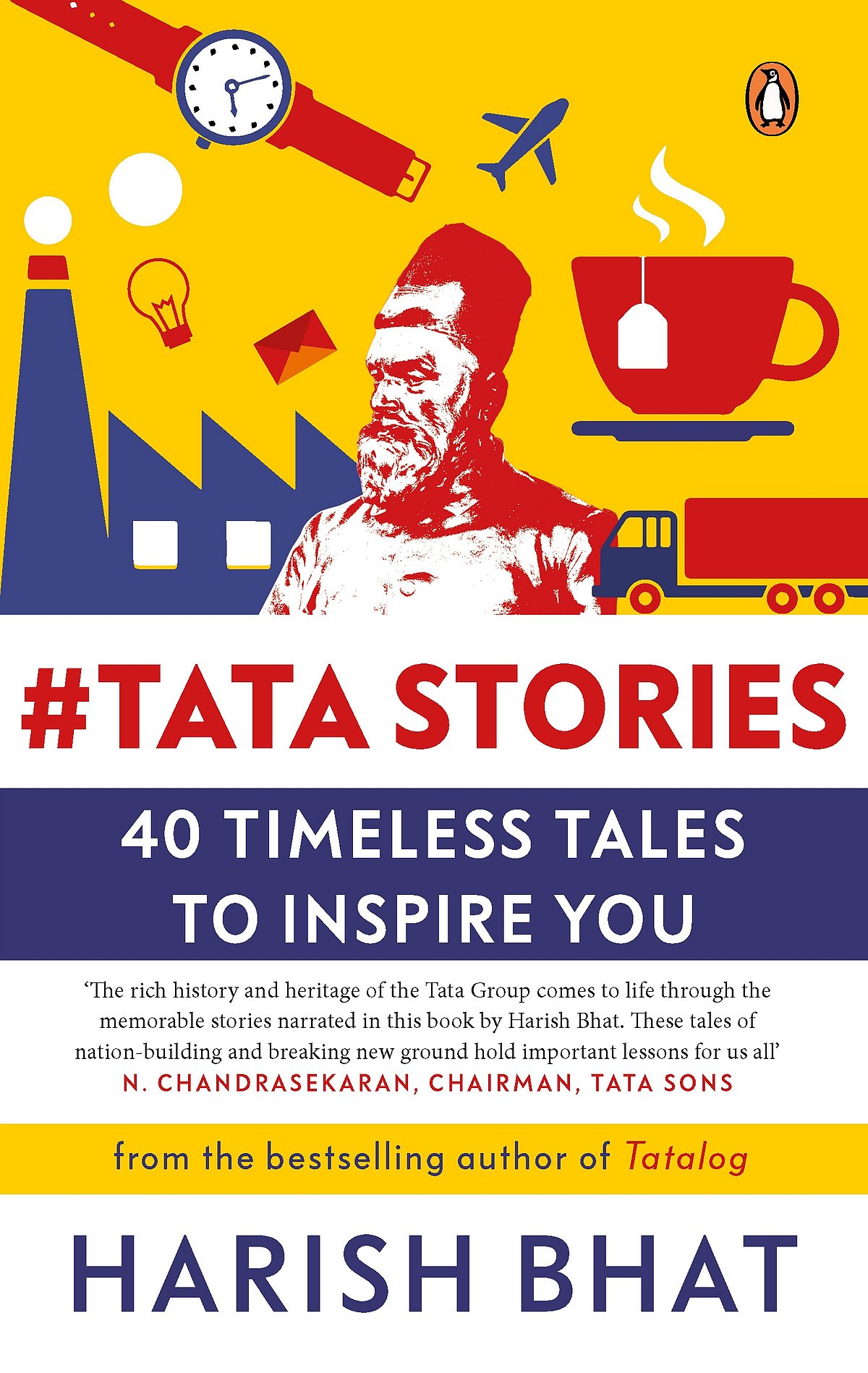
Yes, indeed, #TataStories contains remarkable stories that can inspire and provoke us. And yes, of course, there are countless other Tata stories, which are still waiting to be told. For this book, I chose 40 amazing stories that have appealed most to my imagination, based on my current knowledge. Many readers of the book have now suggested new stories too, which is wonderful source material for the future.
Could you recount some behind-the-scenes anecdotes or singularly interesting conversations you had in the course of writing #Tata Stories?
One very interesting conversation I recall is a long and intense video call with B.G. Dwarakanath (also called BGD), the irrepressible man who led the development of the Titan Edge watch. This watch, the slimmest in the universe, is a technological marvel, designed and made in India. The story of its development is fascinating, you will read it in the book, but BGD’s narration was simply marvellous. For a few hours, I was dumbstruck, as he combined his deep technical knowledge of horology, his team leadership skills and his earthy sense of humour to evoke vivid memories of the belief and dogged determination which went into making this unique wrist watch. Yet another interesting discussion that made a huge impact on me was with Farokh Subedar, my senior colleague in the Tata Group, as he described his memories of the legendary Nani Palkhivala. That is another Tata story which I think will inspire every Indian.
If you were to pick out a particular chapter as your favourite, which would it be and why?
I love all the 40 stories in this book. Nonetheless, let me pick three beautiful tales. The story of how Jamsetji Tata, the founder of the Tata group, convinced one of the world’s foremost consulting engineers, Charles Page Perin, to come to India all the way from New York, and help him establish Tata Steel. How did this happen? A remarkable tale. The story of Kalpana Chawla and JRD Tata is yet another favourite story. What was the old photograph that Kalpana Chawla carried into space, and why did she do this? A moving story, which gave me goosebumps even as I narrated it. And finally, the story of Ratan Tata and the development of the Tata Indica, India’s first indigenous car. This is a tale of a pioneering effort, which will make every Indian very proud.
#Tata Stories has been very well received and in fact termed ‘fit to be an ideal textbook for conscious capitalism’. What are your own expectations from the book?
I am delighted that #TataStories has received excellent response. I feel most gratified that people are not just reading the book themselves, but many of them are gifting it to their parents and children as well. I would like every proud Indian to read #TataStories, because this is not just a book of Tata history. It is a book which can inspire and provoke us. It is a book that celebrates the human spirit, even as it narrates tales of people driven by nation-building, passion and purpose. I think there is magic in these stories, which can stir our hearts, and lead us towards greater deeds in our own lives.
What next from Harish Bhat? What are you looking forward to at this point?
I thoroughly enjoy my work with the Tata Group. It is a rare privilege to be the custodian of an iconic brand that is synonymous with trust, and also the most valuable brand in India today. I will continue to do my very best to nurture and strengthen brand Tata. I am also looking forward to doing lots more meaningful and creative writing, because writing has become such an addiction, over the past several years. I love the written word, and I get really restless if I do not write.
MY BIGGEST BELIEF
“My biggest belief in life is that there is nothing more fulfilling than using our capabilities, expertise and resources to do good to the people around us - to the people we love, to our colleagues whom we work with, and to the larger community in which we live,” says Harish Bhat.
‘CRUCIBLE OF LIFE’
Harish Bhat did his schooling across cities in South India, such as Madurai, Salem, Coimbatore and Kollam. Undergraduate college at BITS Pilani was his first stint outside home. The tentative young boy who entered BITS in 1980, emerged a fairly confident young man when he graduated in 1985. “I call BITS Pilani a true ‘crucible of life’ because it transformed me into being an independent, creative, free-spirited and liberal spirit, all at the same time,” says Bhat, who went on to study at IIM-A before joining the Tata Group.


